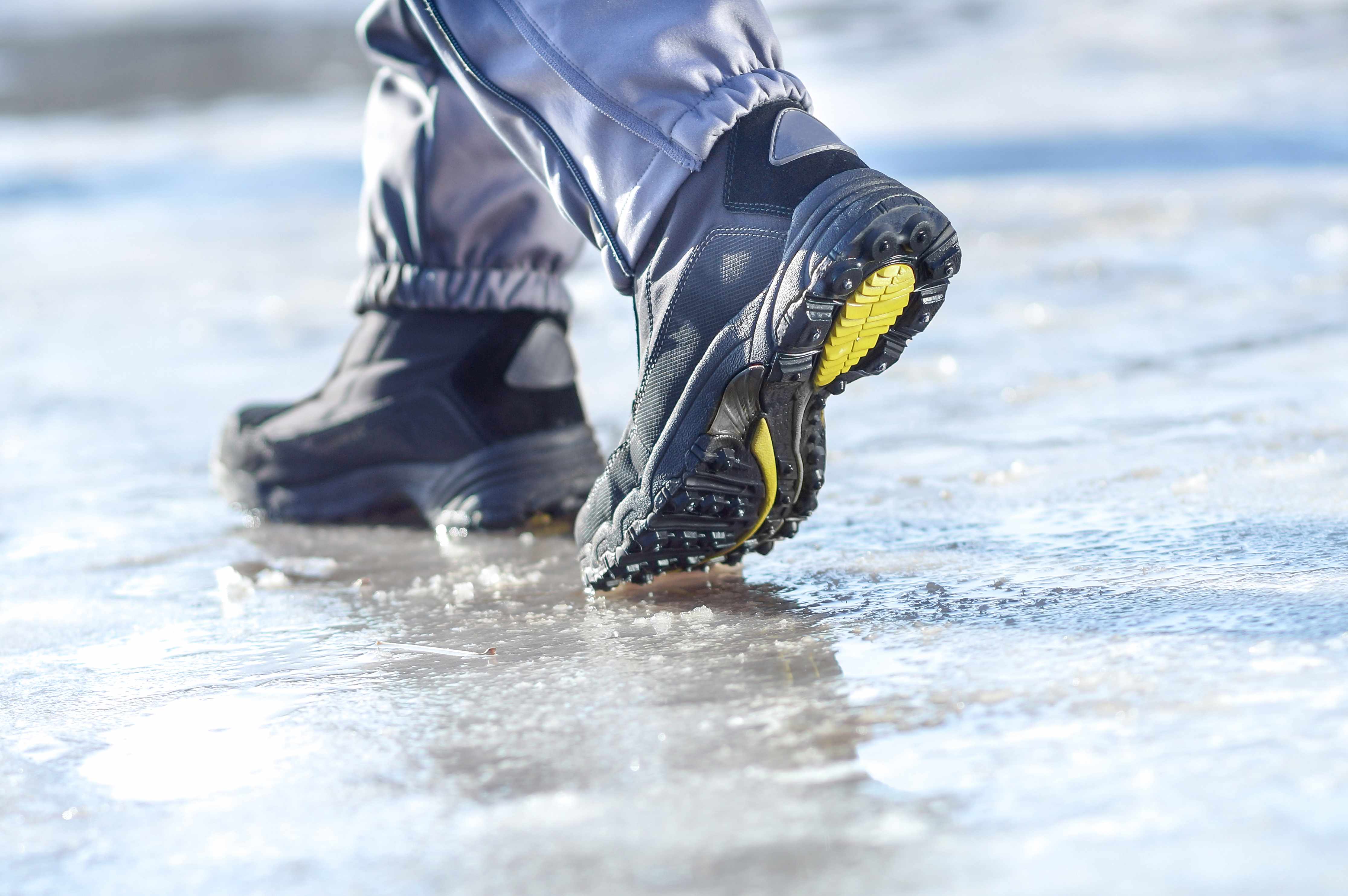
Ice is building up on many sidewalks across the Midwest. Clinics and emergency departments are beginning to see patients present because of slips on the ice and snow.
Dr. Drew Moss at Mayo Clinic Health System says, if you need to go outside, bend slightly and walk flat-footed with your center of gravity directly over your feet as much as possible.
“Walk in designated walkways as much as possible,” Moss says. “Taking shortcuts over snow piles and other frozen areas can be hazardous. Look ahead when you walk. A snow- or ice-covered sidewalk or driveway, especially if on a hill, may require travel along its grassy edge for traction.”
Moss also suggests these tips:
- Keep your hands out of your pockets. Doing so lowers your center of gravity and increases balance. Having your hands free can help break your fall if you start to slip.
- Extend your arms out to your sides to maintain balance. Beware if you’re carrying a heavy backpack or other load. Your sense of balance will be off.
- In cold temperatures, presume all wet, dark areas on pavements are slippery and icy. Approach them with caution.
- If you must carry a load, try not to carry too much. As much as possible, leave your hands and arms free to balance yourself.
- When walking on steps, always use the hand railings, and plant your feet firmly on each step.
- Use special care when entering and exiting vehicles. Use the vehicle for support.
- Take short steps or shuffle for stability. Stopping occasionally helps to break momentum.
Last but not least, Moss says to watch where you are stepping, and go slowly. This will help your reaction time if you encounter changes in traction.
If you fall and injure yourself, Dr. Moss says you can call your local medical facility if you’re unsure of the extent of the injury. If it’s severe enough, call 911.
Related Articles







